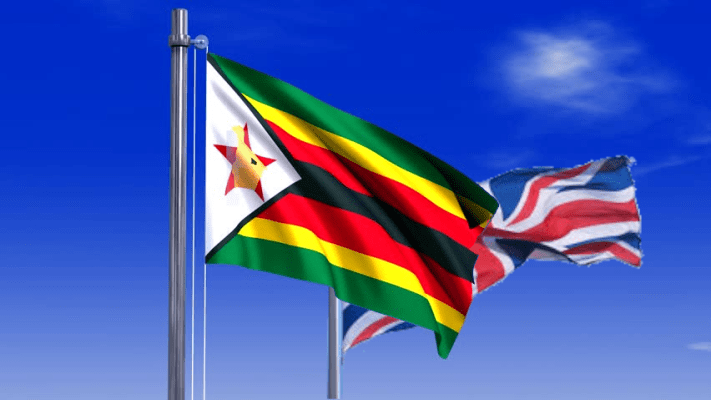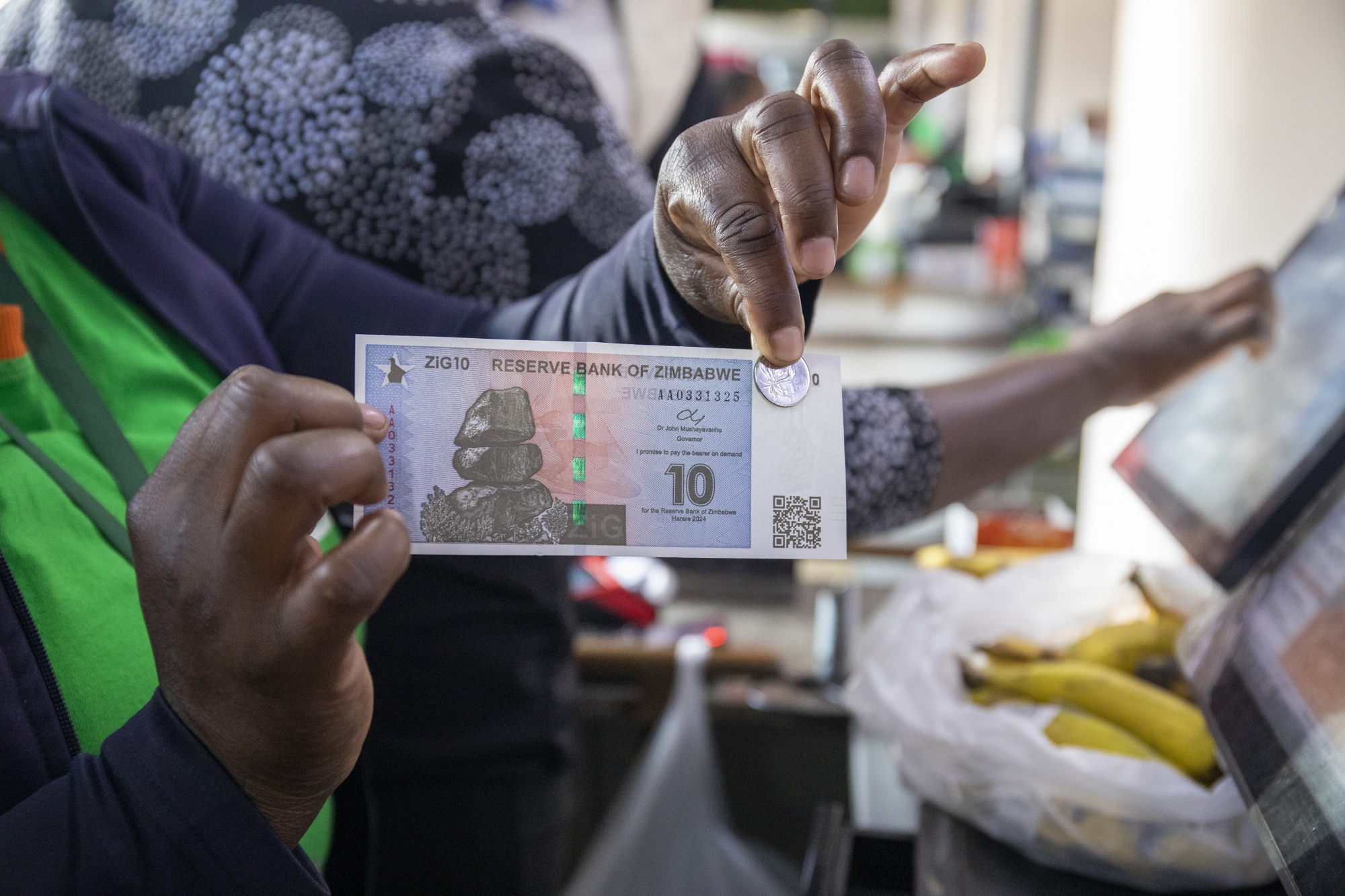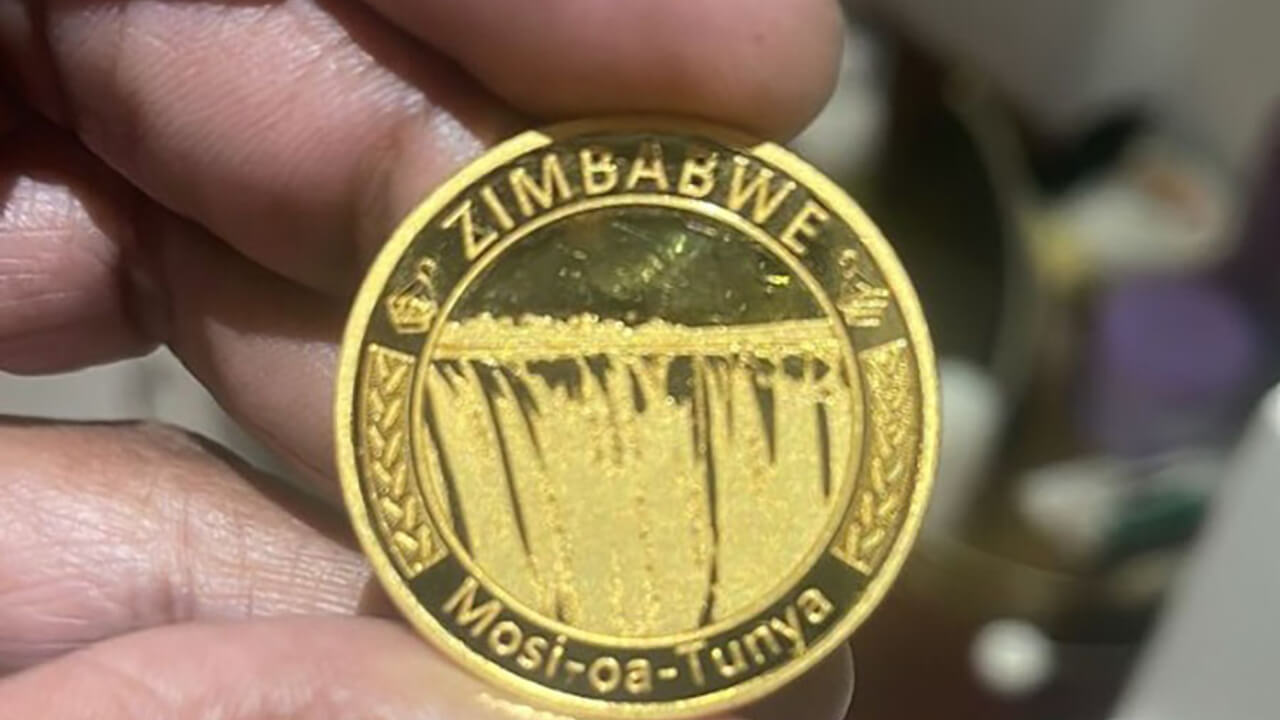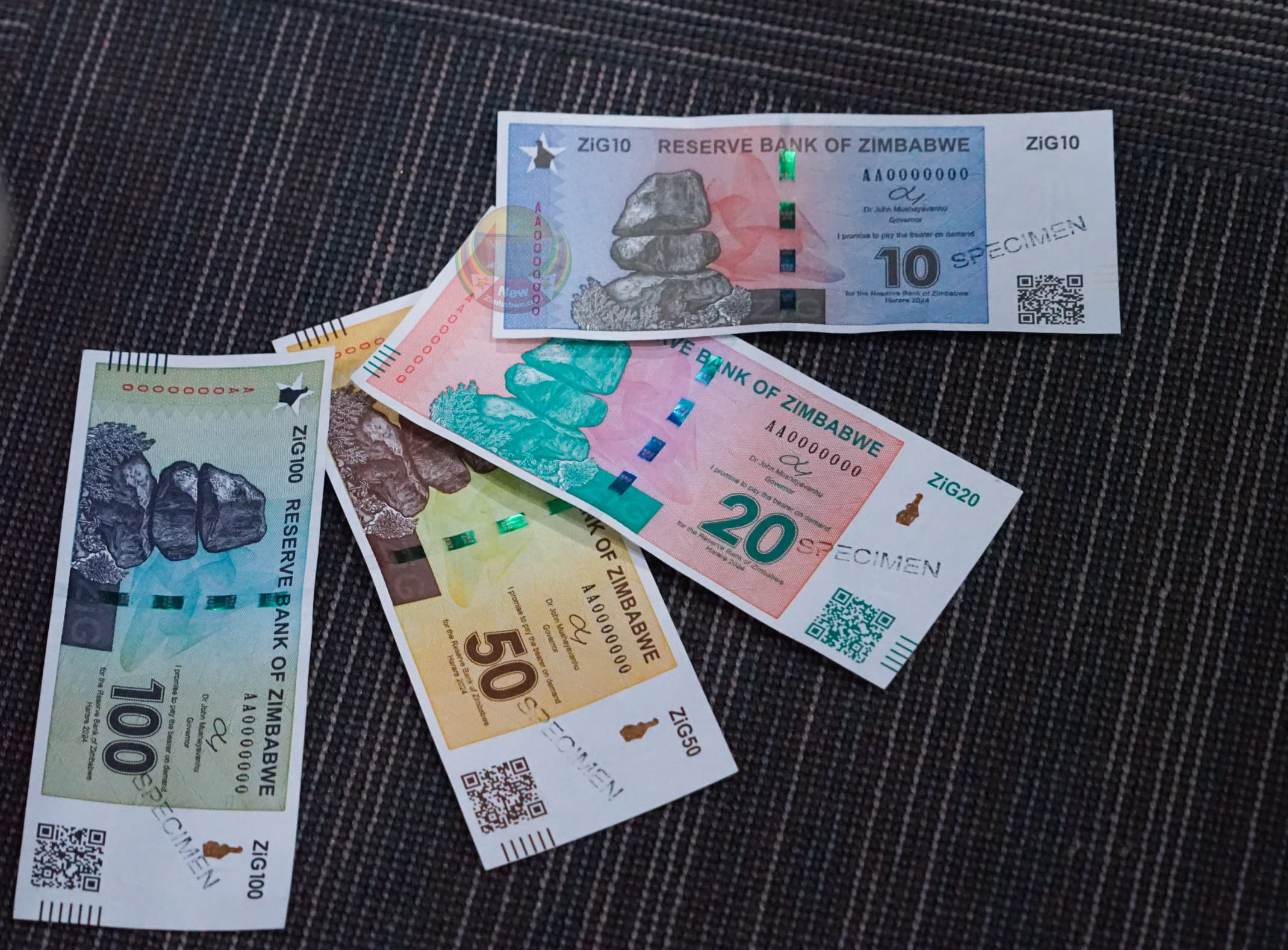Monthly inflation stays low, returns to positive territory
Zimbabwe Gold (ZiG) monthly inflation rate returned to positive ground, gaining 7 percentage points to 0,6 percent for April 2025, after the slight deflation in March when prices dipped by -0,1 percent.
Annual inflation rate, officially the first since ZiG was introduced in April last year, came in at 85,7 percent.
The yearly rate matches the elevated annual inflation forecast due to price increases that ensued the devaluation of the domestic currency in October to address exchange rate distortions in the market.
According to the Zimbabwe National Statistical Agency (ZimStat): “This means that prices as measured by the all-items ZiG CPI, increased by an average of 0,6 percent from March 2025 to April 2025.”
The ZiG Consumer Price Index (CPI) now stands at 185.68, up from 184.50 in March and from 100.00 in April 2024, reflecting the baseline at the time of the currency transition.
The modest monthly increase follows several rounds of price adjustments and market realignment after the Government introduced the structured currency system in 2024 to curb chronic inflation, stabilise the economy and restore confidence in the monetary system.
On the US dollar front, inflation remained subdued.
ZimStat reported a USD month-on-month inflation rate of 0,2 percent in April 2025, compared to 0,1 percent in March.
The USD CPI rose to 122.12 from 121.87 over the same period.
Food prices in US dollars remained steady, while non-food items posted a mild increase of 0,3 percent.
“This means that prices as measured by the all-items USD CPI, increased by an average of 0,2 percent from March 2025 to April 2025,” ZimStat said.
In a combined picture, the Weighted Consumer Price Index, which accounts for price changes in both US dollar and ZiG currencies, showed a month-on-month inflation rate of 0,3 percent in April 2025, up from 0.0 percent in March.
The weighted CPI rose to 126.18 from 125.84.
While these month-on-month figures appear tame, the statistical agency reported the ZiG annual inflation rate, which paints a somewhat complex picture.
“The ZiG year-on-year inflation rate for April 2025 as measured by the all-items ZiG CPI was 85,7 percent,” ZimStat said. The elevated annual inflation, expected to moderate through the year on durable price stability, was anticipated by monetary authorities.
The Reserve Bank of Zimbabwe (RBZ) has maintained that the high annual inflation was inevitable following the sharp exchange rate correction implemented in September 2024.
At the time, the central bank devalued the local currency to curb parallel market activity and boost foreign currency inflows, causing a temporary spike in prices.
The RBZ, however, remains optimistic that inflation will gradually decline over the coming months.
It projects that annual inflation will moderate to around 20 percent by the end of the fourth quarter of 2025, anchored by a tight monetary policy, increased market discipline, and growing confidence in the structured currency framework.
Economists are cautiously optimistic about the trajectory of inflation and the RBZ’s policy stance.
Gladys Shumbambiri-Mutsopotsi said the RBZ’s move to liberalise the exchange rate and adopt the ZiG had brought much-needed transparency to the pricing system.
“This was a bold monetary stance. It is helping to anchor inflation expectations and reduce distortions in the market,” she said. “However, inflation is still largely driven by cost-push factors, and these will take time to tame.”
Another economic analyst, Tinevimbo Shava, echoed these sentiments, adding that while price stability is a welcome development, fiscal stimulus is needed to sustain demand.
“The challenge now is not hyperinflation but weak aggregate demand,” Mr Shava said. “The Government, as the biggest employer and consumer, needs to increase its spending on goods and services to boost disposable income in the real economy. Otherwise, we risk sliding into deflation in some sectors.”
Indeed, the food and non-alcoholic beverages category, often used as a reflector of consumer behaviour, showed mixed trends. In ZiG terms, food prices declined by 0,2 percent month-on-month in April, despite the broader CPI rising. In USD terms, food prices remained unchanged, and the weighted food inflation rate was negative at -0,1 percent.
This softening of food prices provides temporary relief for households, but it also signals sluggish demand, a concern for businesses trying to rebuild margins post-currency transition.
Economist Dr Prosper Chitambara described the monetary policy framework as “generally sound” but warned that stability alone will not spur growth.
“The RBZ has done well to rein in monetary expansion and restore discipline. But monetary stability is only half the battle,” Dr Chitambara said.
“Fiscal policy must now play its part.
“Public sector spending needs to support industrial production, infrastructure and social protection. That’s how you avoid a low-growth equilibrium.”
The RBZ has signalled that it will maintain its tight liquidity management stance in the short term, relying on non-inflationary instruments such as open market operations, digital platforms, and interest rate signalling to steer the economy.
ZimStat’s release also highlighted the average price changes since January 2025. The mean month-on-month inflation rate for ZiG from January to April was 2,9 percent, slightly below the 3 percent mean recorded for both the US dollar and weighted indices. This suggests a broad stabilisation trend since the new monetary framework took root.
The data for the April inflation report was collected between April 11 and 17, 2025, with ZimStat employing geometric aggregation to compute the weighted index based on household expenditure shares in US dollar and ZiG.
As Zimbabwe continues to adapt to its restructured monetary system, all eyes will be on consumer sentiment and fiscal policy to determine whether the economy can maintain disinflation without sliding into stagnation. For now, the figures show a cautiously encouraging outlook, one in which price growth is slowing, but momentum remains fragile.-Herald











